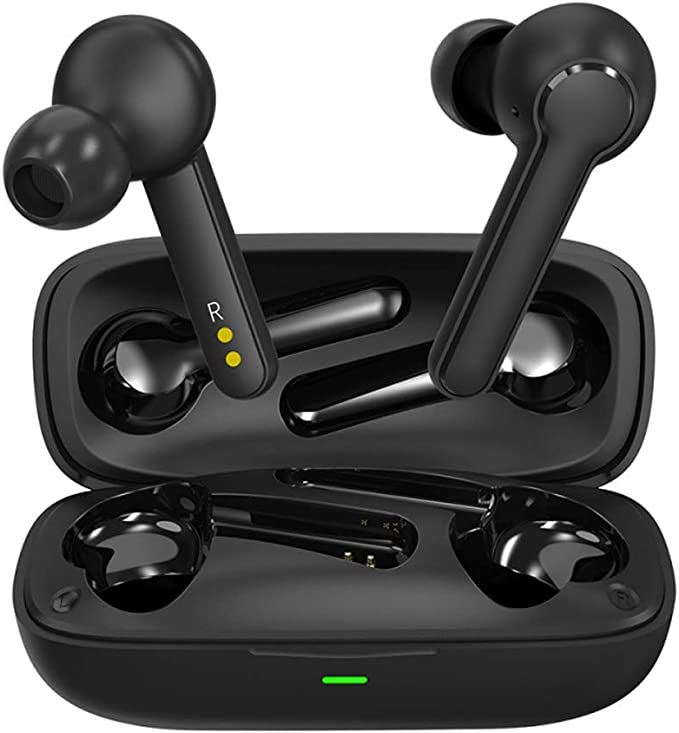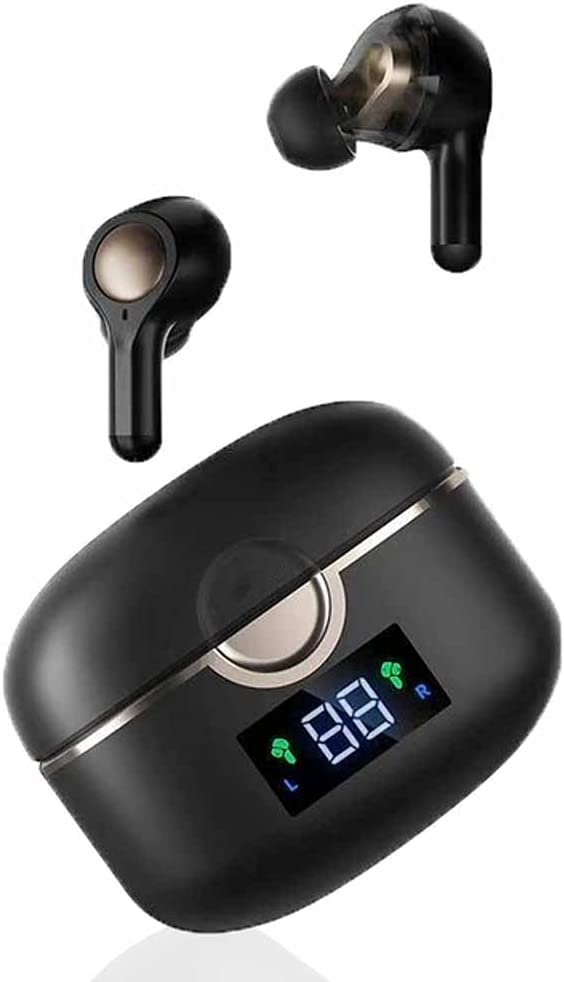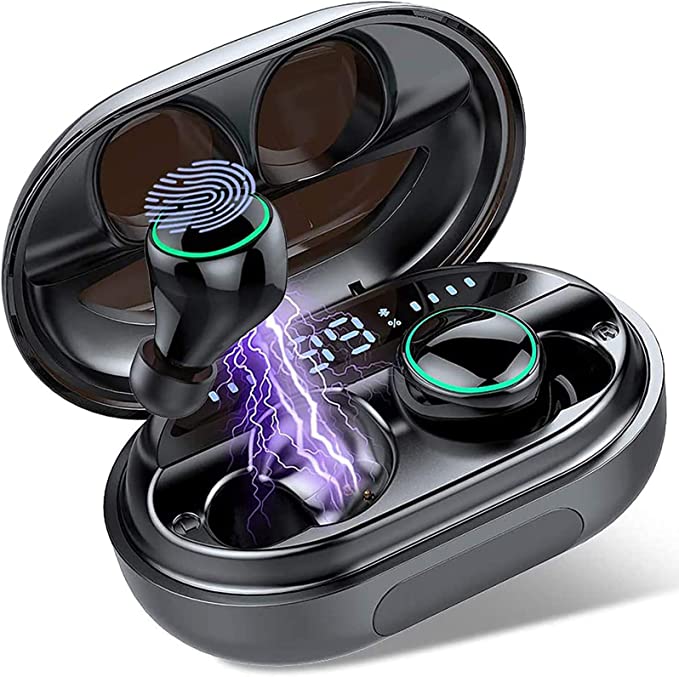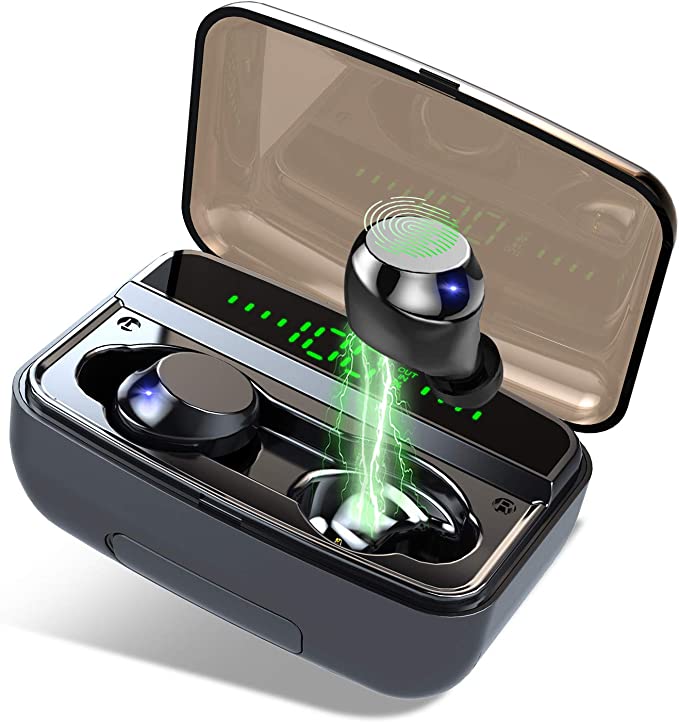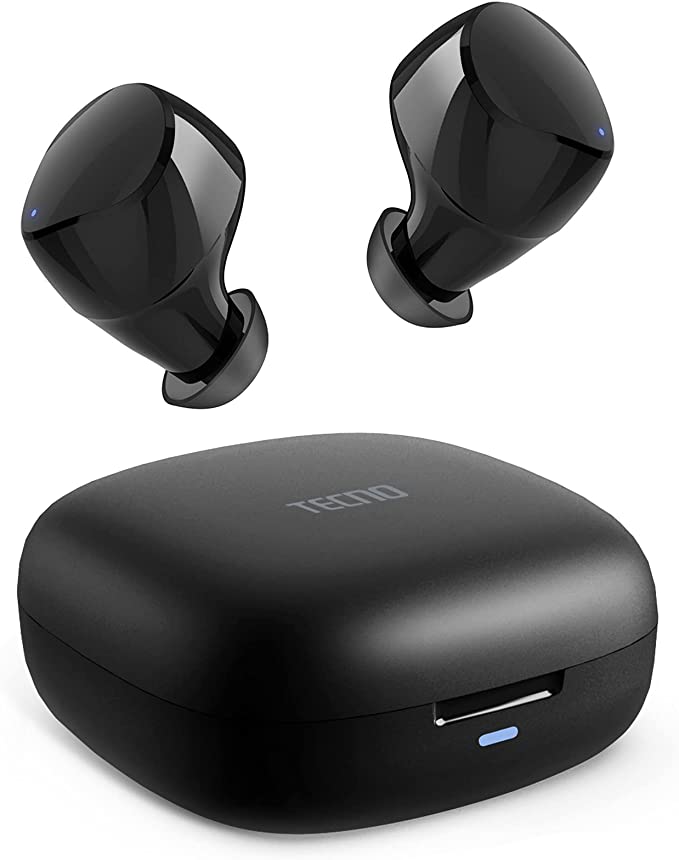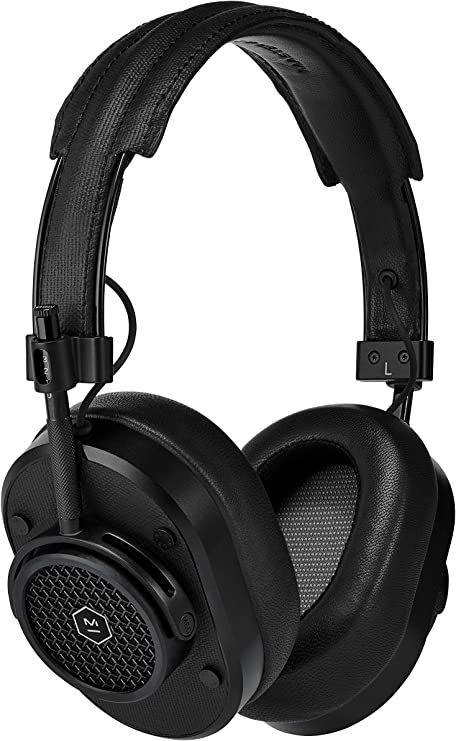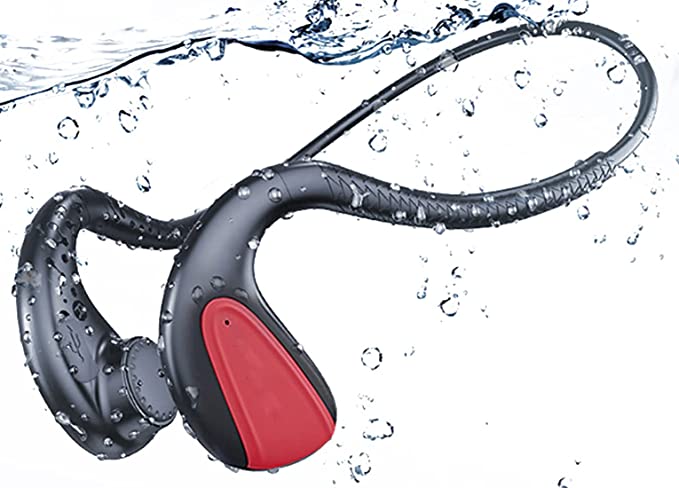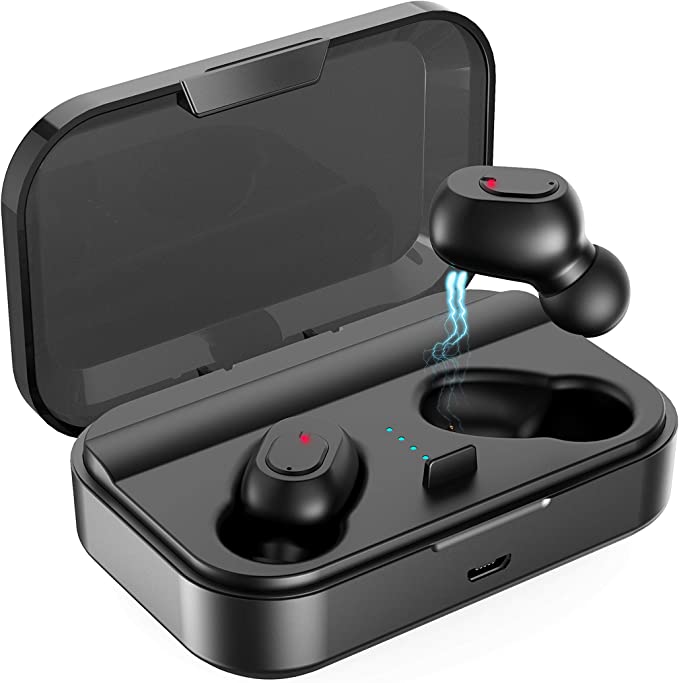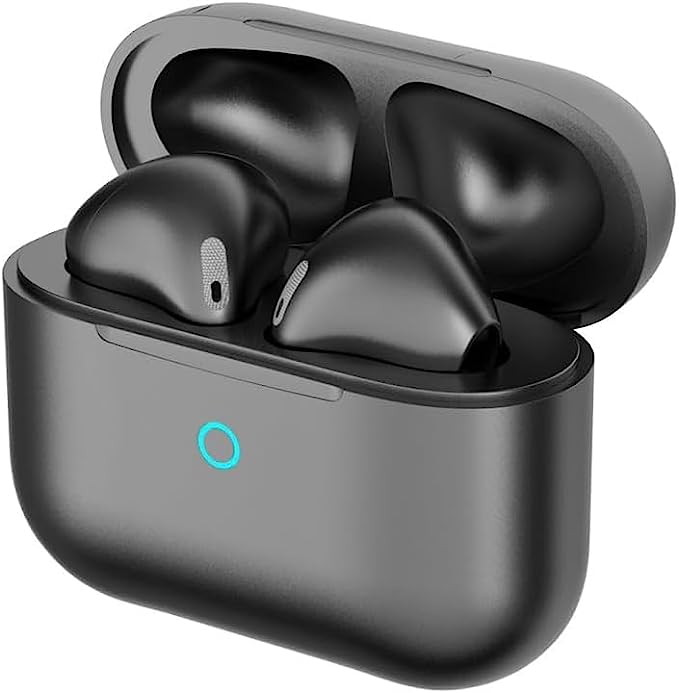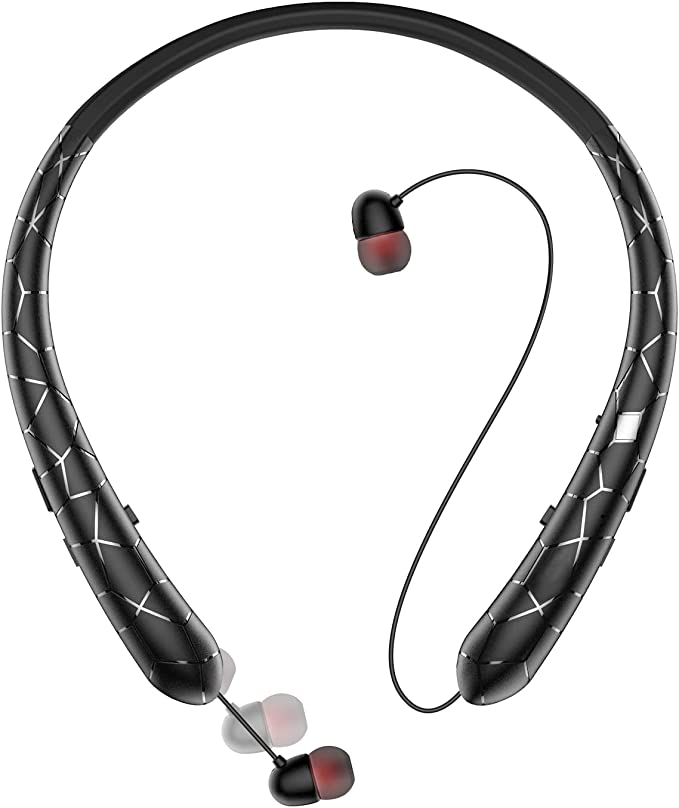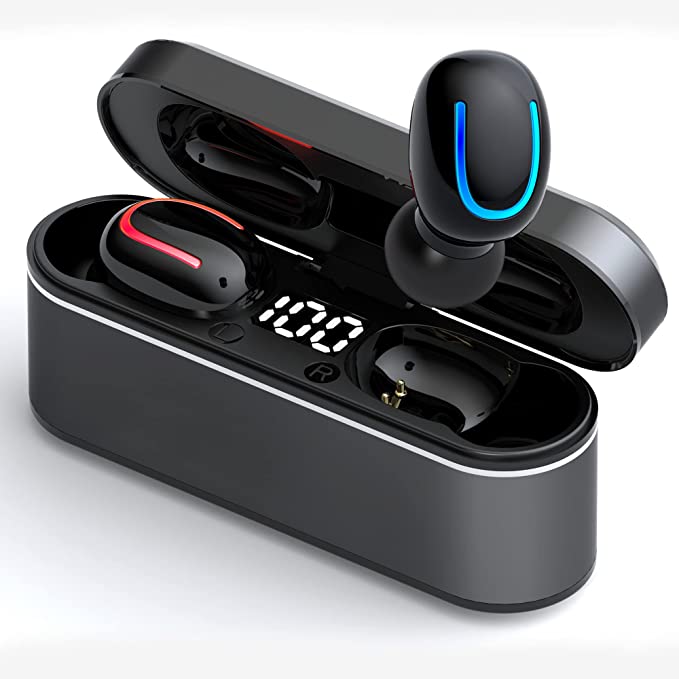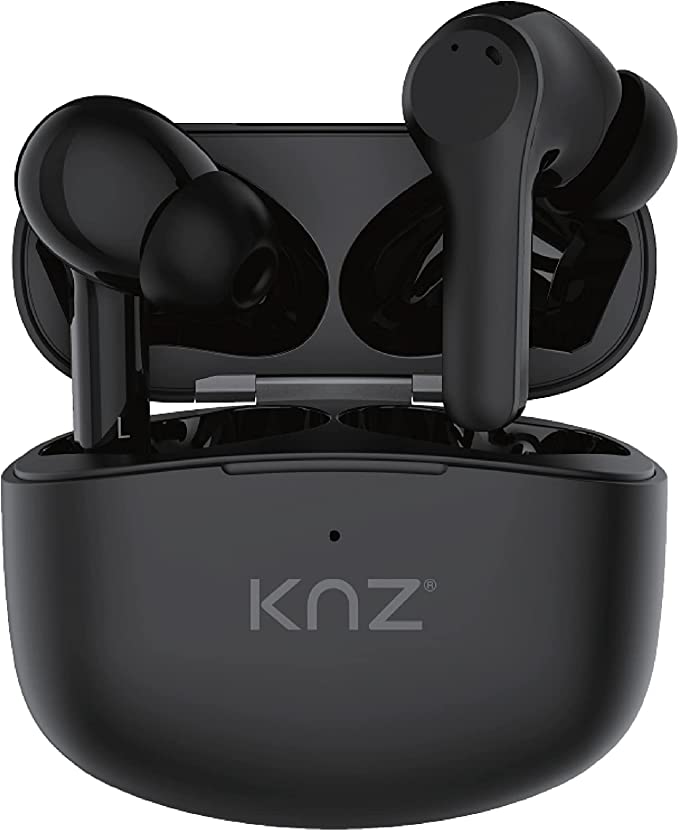YASEZ Earphone 5.0 Headset: Your Ultimate Wireless Audio Companion for Sports and Daily Life
Update on Sept. 22, 2025, 4:19 p.m.
We’re dissecting a basic pair of neckband headphones to reveal the hidden physics, clever engineering, and deceptive marketing behind the sound in your ears.
*
We all live in our own personal sound bubbles. Walking down the street, working out at the gym, or concentrating in a busy office, we are cocooned by a soundtrack delivered wirelessly to our ears. It feels like magic—music, podcasts, and voices, summoned from thin air.
But in technology, there is no magic, only elegant engineering.
To prove it, let’s place a common piece of tech under the microscope. Our specimen is the YASEZ Earphone 5.0, a standard-issue neckband headset. We’re not here to review it; we’re here to dissect it. By exploring its basic specifications, we can uncover the fascinating scientific principles that power virtually every wireless audio device you own. This is a journey from invisible radio waves to the physical vibration of air that our brain interprets as music.

The Unbroken Thread: A Viking King’s Wireless Legacy
Before a single note can play, your phone and earbuds must perform an invisible handshake. This connection is governed by Bluetooth, a technology named, rather poetically, after Harald “Bluetooth” Gormsson, a 10th-century Viking king famed for uniting the tribes of Denmark. The name was chosen to reflect the hope that this new standard would unite different devices.
The YASEZ headset uses Bluetooth 5.0. While version numbers can often feel like arbitrary marketing, the jump to 5.0 brought tangible physical improvements. It operates on the crowded 2.4 GHz radio frequency band—the same invisible highway used by your Wi-Fi router, microwaves, and countless other devices. The genius of Bluetooth 5.0 lies in its efficiency. It can transmit data at up to twice the speed and over four times the distance of its predecessor, theoretically.
However, the spec sheet lists a receiving distance of “≥10m” (about 33 feet), a far cry from the theoretical hundreds of feet. Is this a lie? No, it’s a nod to reality. Radio waves are weakened by walls, water (including the human body), and interference from other devices. The 10-meter figure represents a reliable, real-world connection distance. The key benefit of Bluetooth 5.0 for audio isn’t about listening from across a football field; it’s about a rock-solid connection when your phone is in your pocket.
This efficiency also tackles the biggest enemy of portable devices: battery life. The “Low Energy” protocol baked into the standard allows the earbuds to sip power, maintaining their connection without constantly draining the battery. It’s the primary reason a device like this can claim a standby time of 120 hours—it spends most of that time in a state of high-tech slumber, waking instantly when needed.
The Heart of the Matter: Forging Sound from Silence
Once the digital data of your song arrives at the earbuds, the real alchemy begins. The device must translate a stream of ones and zeros into physical sound waves. This crucial task falls to the driver.
Inside each earbud is a 12mm dynamic driver. Think of it as a microscopic piston engine for air. Here’s how it works, based on a principle of electromagnetism discovered nearly 200 years ago:
- The digital audio signal is converted into an alternating electrical current.
- This current flows through a tiny, lightweight “voice coil” attached to a flexible dome called a diaphragm.
- A permanent magnet sits just behind the coil. As the current flows, it turns the voice coil into a tiny, rapidly fluctuating electromagnet.
- This electromagnet is constantly pushed and pulled by the permanent magnet, causing the attached diaphragm to vibrate thousands of times per second.
This vibration is the birth of sound. The diaphragm pushes and pulls the air in front of it, creating waves of high and low pressure. When these waves travel down your ear canal and strike your eardrum, your brain decodes them as the intricate notes of a song. The size of the driver—12mm in this case—matters. A larger diaphragm can physically push more air, which is why larger drivers are generally better at reproducing the low-frequency sounds we perceive as deep, resonant bass.
A Lesson in Reading the Fine Print
This is where things get interesting. The product description for our specimen mentions “Full Frequency HIFI Moving Iron.” This is a perfect example of how marketing language can create confusion if you don’t know what to look for.
A “Moving Iron” or “Balanced Armature” driver is a different technology altogether. It’s much smaller, more efficient, and often praised for its clarity in mid and high frequencies, which is why it’s a favorite in professional in-ear monitors and hearing aids. However, a 12mm driver is almost certainly a dynamic driver, the kind we just described.
So, what’s going on? It’s likely a simple case of marketing buzzwords being used incorrectly. This isn’t a flaw in the product itself, but it’s a crucial lesson for the consumer. The spec sheet is not always gospel. Understanding the underlying technology—knowing that driver size is a key indicator of its type—allows you to see past the marketing jargon and understand what you’re actually getting. You become an informed consumer, not just a customer.
The Science of Quiet
The product also claims “Noise Cancellation.” This phrase immediately brings to mind Active Noise Cancellation (ANC), a sophisticated technology that uses microphones to listen to outside noise and then generates an “anti-noise” sound wave to cancel it out.
However, it’s far more likely that this headset employs passive noise isolation. This is low-tech, but highly effective. It’s the earplug principle. By inserting the earbud tip into your ear canal, you create a physical seal that blocks external sound waves from entering. This method is particularly good at blocking high-frequency sounds, like the clatter of keyboards or nearby conversations. It doesn’t require extra power or complex circuitry, just good ergonomic design.
The “Noise Cancelling Mic” is a separate feature, and it’s not for you—it’s for the person on the other end of your phone call. It uses signal processing to focus on the frequencies of your voice while trying to suppress the steady hum of background noise, ensuring you come through more clearly.
Engineered for Reality: Surviving Sweat and Tangles
Finally, technology must survive the real world. The YASEZ headset has an IPX5 rating, a standardized measure of its resistance to the elements. Let’s break down the code:
- IP stands for Ingress Protection.
- The X means the device has not been tested for protection against solids, like dust.
- The 5 is the crucial number for liquids. It signifies that the enclosure can withstand sustained, low-pressure water jets from any direction.
What does this mean in practice? It’s sweat-proof and rain-proof. You can wear it during an intense workout or on a run in a downpour without worry. What it is not is waterproof. An IPX5 rating will not protect the device if it’s submerged in a pool.
Even the simplest features, like the magnetic earbuds, are a nod to user-focused engineering. The magnets provide a weak but convenient force that keeps the earbuds together when hanging around your neck, preventing the age-old problem of tangled cables. It’s a small, elegant solution to a persistent, frustrating problem.
From Magic to Method
From a Viking king’s nickname inspiring a global standard, to the laws of electromagnetism vibrating a tiny diaphragm in your ear, the technology inside a simple pair of headphones is anything but magical. It is a symphony of physics, clever engineering, and material science.
By looking past the brand names and marketing claims, we find a world of understandable, fascinating principles. Every device you own has a story like this embedded within its circuits and casing. You just have to be curious enough to look.
